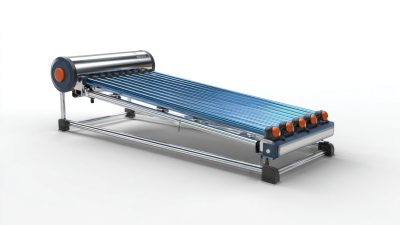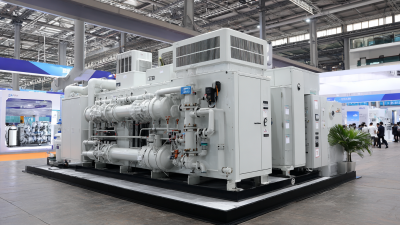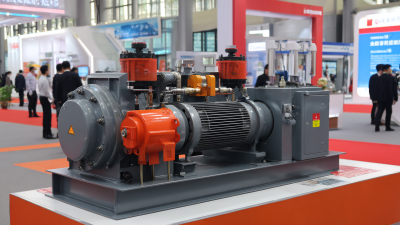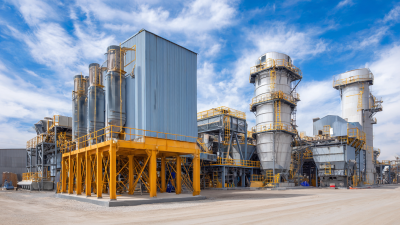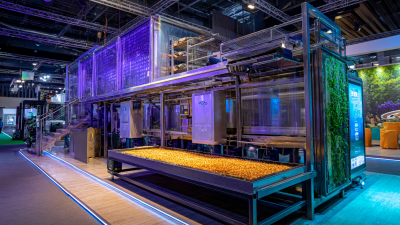Leave Your Message
In recent years, the agricultural sector has witnessed a significant transformation driven by the need for sustainable farming practices, with technology playing a crucial role. One such technological advancement is the adoption of Crop Dryers, which not only enhance the efficiency of grain drying processes but also contribute to reducing post-harvest losses. According to the Food and Agriculture Organization (FAO), approximately 25-30% of harvested crops are lost globally due to inadequate drying methods, leading to a staggering economic impact of around $40 billion annually. By integrating modern Crop Dryers, farmers can lower moisture content effectively, ensuring better storage and higher market value for their produce. Moreover, studies indicate that utilizing energy-efficient drying technologies can reduce energy consumption by up to 50%, promoting both economic and environmental sustainability in agriculture. This comprehensive overview will explore how Crop Dryers are revolutionizing farming practices and paving the way towards a more sustainable agricultural future.
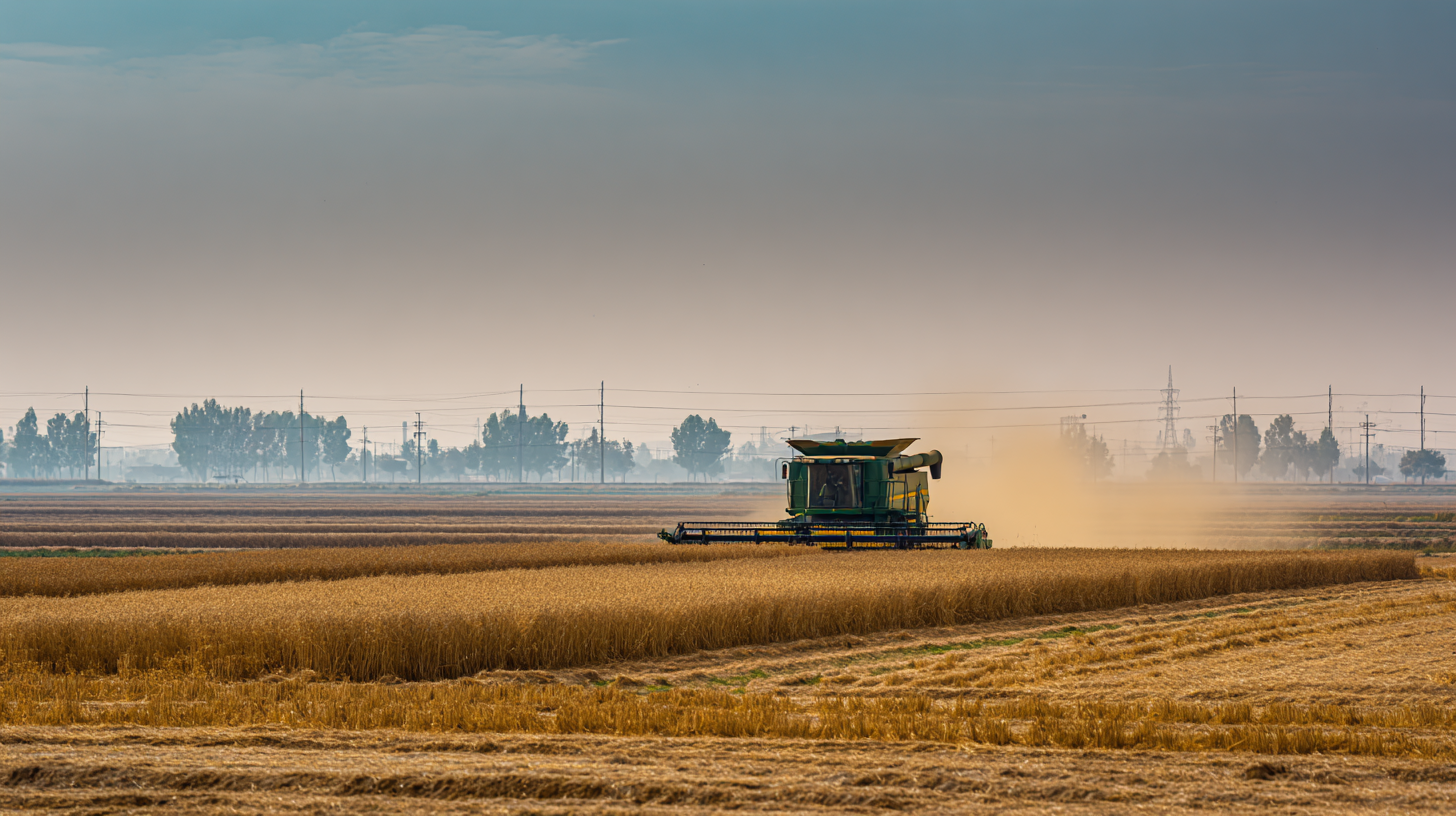
Crop dryers play a pivotal role in enhancing agricultural efficiency, representing a key technological advancement in sustainable farming practices. Recent innovations in drying technologies, particularly solar dryers, have proven to be efficient solutions that contribute to cleaner production with improved energy efficiency and reduced emissions. For instance, studies have shown that solar dryers can significantly decrease drying times by up to 30%, while retaining an impressive 90% of nutritional content. This not only benefits farmers by enhancing the quality of their produce but also mitigates post-harvest losses typically caused by high moisture content in fruits and vegetables.
Tips for effectively implementing crop dryers include regularly monitoring soil moisture levels using advanced IoT-driven technologies, which provide real-time data to optimize the drying process. It’s also essential to consider integrating AI and remote sensing into drying systems, which can enhance efficiency and traceability while adapting to varying environmental conditions. Lastly, farmers should evaluate the economic viability of different drying methods, understanding the trade-offs between traditional techniques and innovative systems to make informed decisions aligned with sustainable agricultural practices.
| Crop Type | Moisture Content (%) | Drying Temperature (°C) | Drying Time (hours) | Energy Consumption (kWh) | Post-Drying Quality Score (out of 10) |
|---|---|---|---|---|---|
| Corn | 15 | 60 | 5 | 2.5 | 9 |
| Wheat | 14 | 55 | 6 | 3.0 | 8 |
| Rice | 20 | 50 | 8 | 4.0 | 9 |
| Soybeans | 13 | 65 | 6 | 3.5 | 8 |
| Barley | 15 | 55 | 7 | 3.2 | 9 |
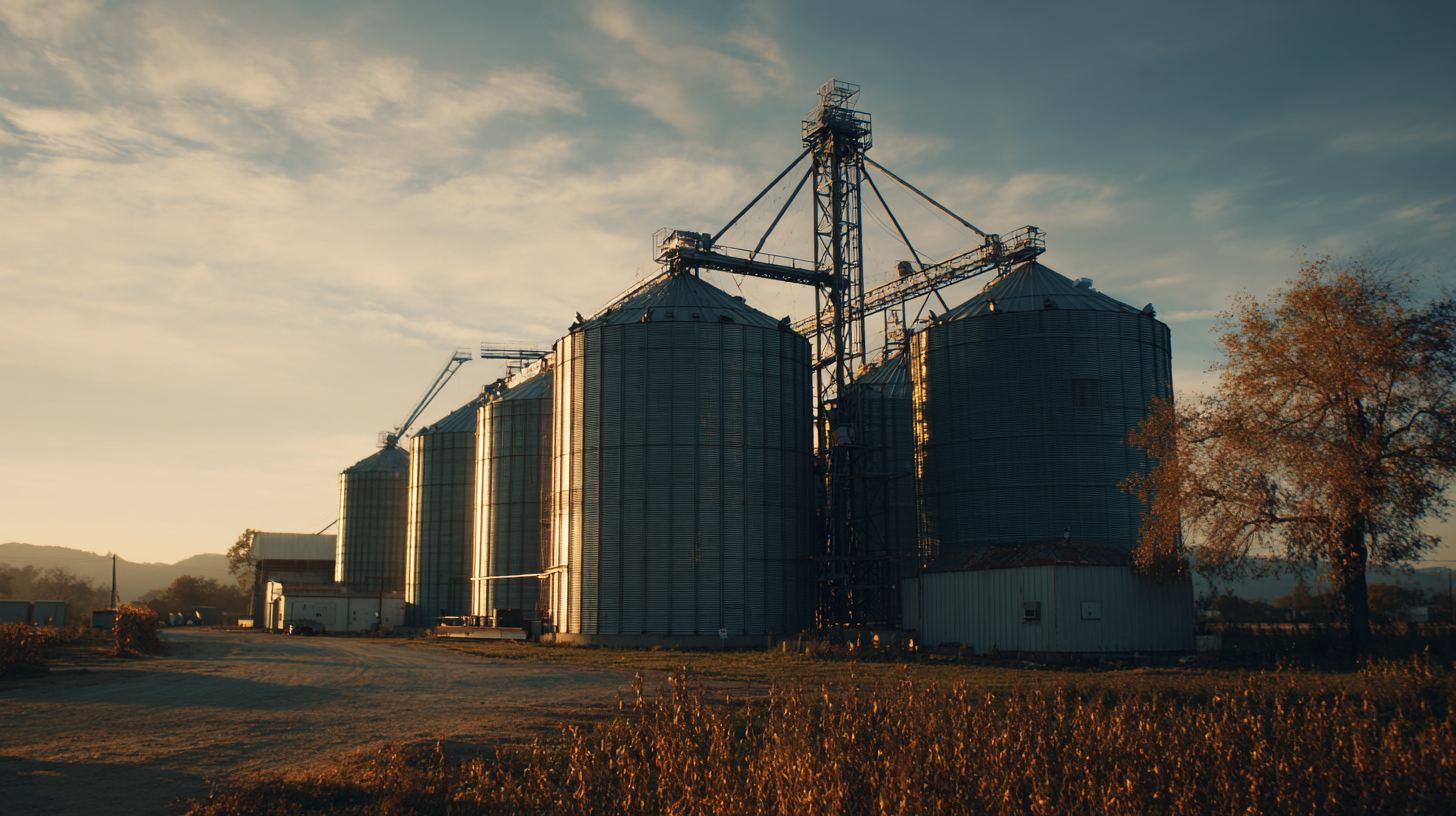 Crop dryers play a crucial role in fostering sustainable farming practices, offering numerous benefits to both farmers and the environment. By effectively managing moisture levels in harvested crops, these dryers prevent spoilage and loss, ensuring that more produce reaches the market. This not only enhances food security but also reduces waste, a key factor in sustainable agriculture. Additionally, using crop dryers can lead to higher quality products, as crops are preserved in optimal conditions, resulting in better prices for farmers and healthier food options for consumers.
Crop dryers play a crucial role in fostering sustainable farming practices, offering numerous benefits to both farmers and the environment. By effectively managing moisture levels in harvested crops, these dryers prevent spoilage and loss, ensuring that more produce reaches the market. This not only enhances food security but also reduces waste, a key factor in sustainable agriculture. Additionally, using crop dryers can lead to higher quality products, as crops are preserved in optimal conditions, resulting in better prices for farmers and healthier food options for consumers.
Tip: When selecting a crop dryer, consider energy-efficient models that utilize renewable energy sources. This can significantly lower operating costs and lessen the carbon footprint of your farming operations.
Moreover, crop dryers contribute to better storage practices, allowing farmers to extend the shelf life of their produce. By reducing the need for chemical preservatives, these technologies promote healthier food systems. Farmers can also benefit from increased flexibility in their marketing strategies, as dried products can be sold throughout the year, mitigating the risks associated with seasonal fluctuations.
Tip: Regular maintenance of your crop dryer can enhance its efficiency and lifespan. Ensure that you clean the drying chamber and check for any mechanical issues to maintain optimal performance.
Technological innovations in crop drying are pivotal for advancing sustainable agriculture practices. The growing emphasis on environmentally friendly farming methods underlines the need for efficient crop management solutions. With the North American organic fertilizer market projected to expand from $15.951 billion in 2025 to $37.311 billion by 2032 at a compound annual growth rate of 12.90%, it's clear that sustainability is becoming increasingly vital in agriculture. These innovations not only enhance the quality of crops but also minimize waste, thereby contributing to more resilient food systems.
Moreover, the integration of artificial intelligence in agriculture has the potential to revolutionize crop drying processes. By utilizing smart technologies, farmers can optimize drying times and energy consumption, leading to reduced costs and lower environmental impact. As emphasized by the Food and Agriculture Organization (FAO), breaking conventional agricultural patterns and embracing technology is essential to address the challenges posed by climate change and resource depletion. By focusing on innovative drying techniques, the agriculture sector can significantly enhance productivity while promoting sustainability.
Crop dryers play a pivotal role in enhancing the economic stability of farmers and rural communities by reducing post-harvest losses. When crops are not dried adequately, they are susceptible to mold and spoilage, which can significantly affect farmers' profits. By investing in efficient crop drying technology, farmers can ensure better quality produce, ultimately leading to higher market prices. This not only boosts their income but also encourages them to explore new markets and expand their production capabilities.
Moreover, the introduction of crop dryers has broader implications for rural economies. As farmers save more of their harvest, they can reinvest in their operations, creating a ripple effect that stimulates local businesses. Increased agricultural productivity fosters job creation, from harvesting to processing, benefiting the entire community. Additionally, access to reliable drying facilities encourages sustainable practices and reduces the carbon footprint associated with wasted produce. This synergy between technology and sustainability reinforces the resilience of rural landscapes and cultivates a thriving agricultural sector.
This chart illustrates the various economic impacts that crop dryers have on farmers and rural communities. Notably, the implementation of crop dryers can lead to significant improvements in yield, reduction in post-harvest losses, and overall income increase for farmers.
Implementing crop dryers as part of sustainable farming practices presents several challenges that farmers must navigate. One significant barrier is the initial investment cost associated with advanced drying technologies. Many farmers, particularly in developing regions, may struggle to secure the necessary funding for machinery that would improve their crop yields and quality. Additionally, training is required to ensure that farmers can operate and maintain these machines effectively. Without proper knowledge, there is a risk of inefficient usage, which could negate the benefits of invested resources.
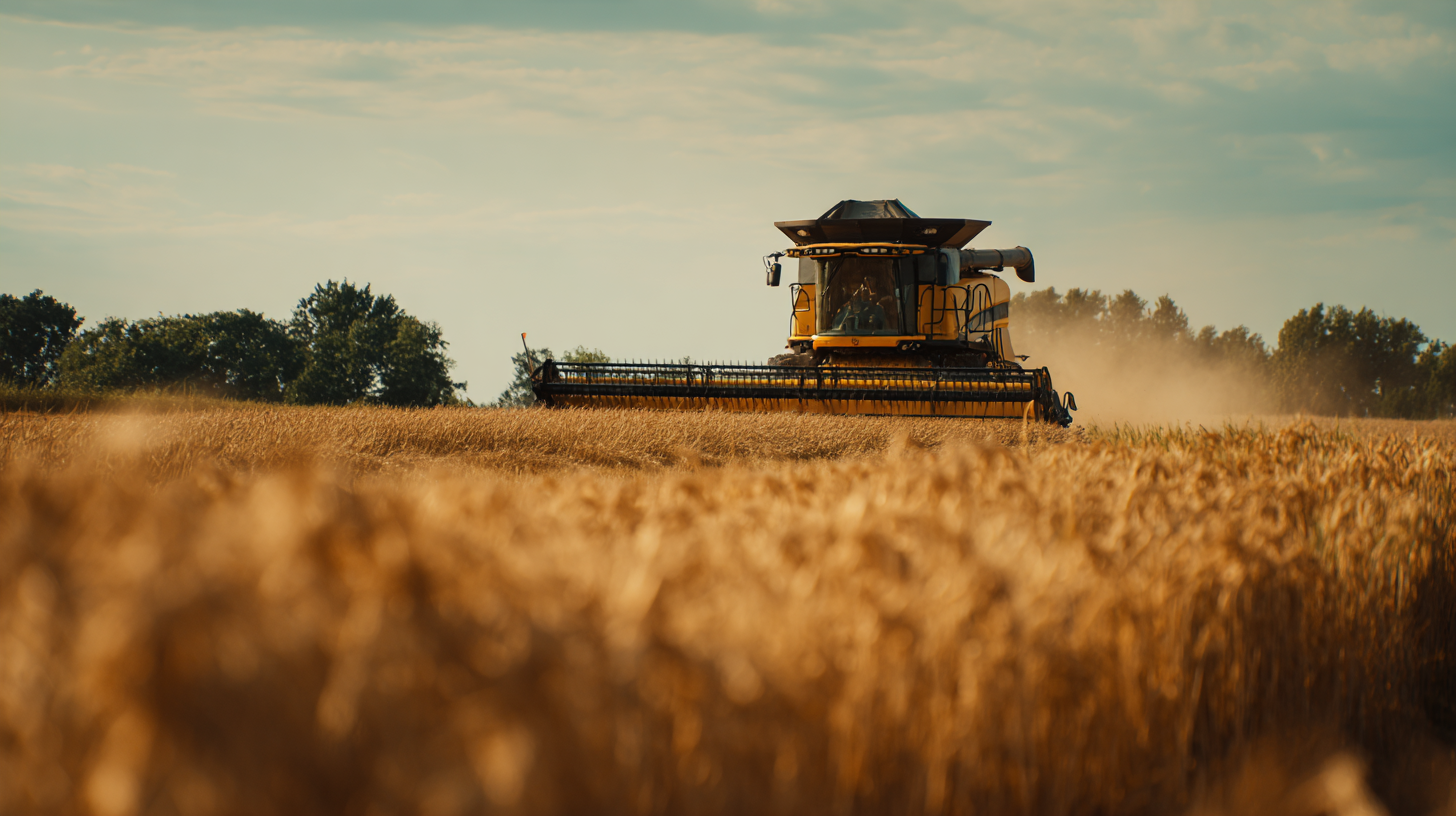
Another challenge lies in the adaptation of crop dryers to local conditions. Different crops require specific drying methods, and technologies that work in one region may not be suitable for another due to variations in climate, humidity, and crop type. This necessitates research and development tailored to local agricultural practices. Furthermore, integrating crop drying into existing supply chains can be complex, as farmers may need to establish new partnerships to facilitate logistics and distribution. Addressing these challenges through innovative financing solutions, education, and localized technology development is essential for maximizing the potential of crop dryers in promoting sustainable agriculture.

